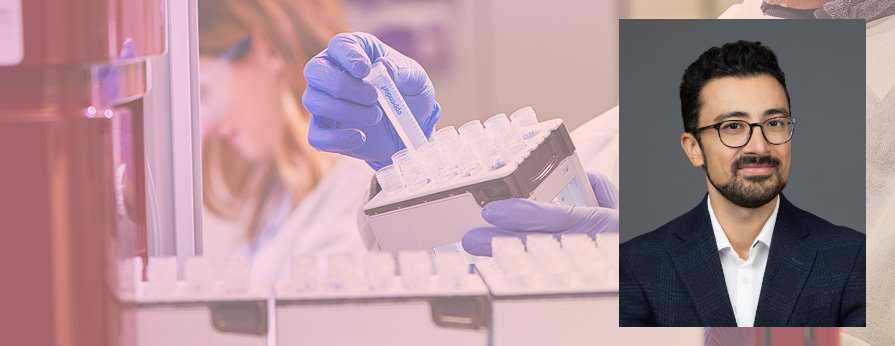Enhancing AAV production using high-throughput screens and rational design
Posted: 1 August 2024
Mo Mandegar, dPhil - Vice President and Head of Site, Alameda
Adeno-associated viruses (AAVs) have emerged as a favored gene therapy vector, recognized for their nonpathogenic nature and safety profile. Unlike retroviruses (such as lentivirus), recombinant AAV vectors do not normally integrate into the genomes, and they have lower undesired immunogenic effects. In addition, AAV’s numerous natural serotypes are being supplemented at a rapid rate with an array of purposely designed capsids produced using state-of-the art engineering technologies such as capsid shuffling, peptide display, error-prone polymerase chain reaction (PCR), barcoding, and next-generation sequencing (NGS) platforms. This ever-increasing array of AAV solutions enables choice of the optimum vector for each gene of interest (GOI), indication, and route of administration, allowing targeted delivery to specific tissues and organs with reduced off-target transduction.
To date, seven AAV-based gene therapy products have been approved by either the FDA or EMA, and over 700 programs are currently under development. These therapies offer the potential for durable, possibly lifelong curative treatments from a single administration. However, the promise of AAV gene therapies is tempered by manufacturing challenges in scalability, yield, and quality.
The most common method of AAV vector production involves the transfection of three plasmids (Helper, RepCap, and Transfer/GoI) into HEK293 cells, followed by cell lysis, harvest, and downstream purification. With this process, it can be challenging to maintain high quality, productivity, and process robustness simultaneously. Specifically, achieving high yields of fully functional AAV capsids with minimal production of viral particles containing mispackaged plasmid- and host-cell-derived DNA can be difficult. Inherent limitations to scaling exist with traditional transient transfection approaches. Manufacturing processes can also be variable from one AAV serotype to another and depending on the vector cassette length, GoI sequence, and regulatory elements used, impacting the time from gene to clinical supply due to the need to develop tailored solutions.
This has led the gene therapy industry to continue working to develop AAV manufacturing platforms, with Contract Development and Manufacturing Organizations (CDMOs) leading the charge. Strategies encompass both hypothesis-driven and hypothesis-free unbiased screening approaches, utilizing systems biology methods to identify molecular targets for improved vector yield and quality. Innovations in viral vector manufacturing include developing stable producer cell lines to minimize variation, exploring cell-free production systems, and implementing process intensification to reliably run productions at up to 10 times higher cell densities, thereby significantly increasing volumetric vector yield. Additionally, the standardization of processes and analytics, driven by increased FDA engagement, is both necessary and imminent.
The functional assembly of full AAV particles requires precise assembly of capsid proteins and incorporation of nucleic acids. This process is further complicated by the viral factors essential for replication and packaging, which can lead to toxicity in the producer cells. Achieving optimal AAV production requires careful fine-tuning of the timing and expression levels of these factors.
Despite the high demand for AAV gene therapies to treat prevalent conditions, current manufacturing techniques are inefficient, leading to high production costs and product impurities that limit efficacy and pose safety risks.
Our team at Ascend recognizes the urgent need for innovative strategies to improve AAV production processes. To address these challenges, we have developed an integrative approach that combines high-throughput screening and transcriptomics with rational design. Our proprietary 96-well platform, Arrayed Targeted Libraries for AAV Screening, allows for the identification of AAV enhancers through gain-of-function and loss-of-function methods. By integrating screening with transcriptomics, we aim to accelerate the discovery of novel targets and enhance our understanding of the complex biology underlying AAV production.
We are working to leverage this rich dataset of common and cell-specific enhancers to develop next-generation AAV manufacturing processes. These processes could include improved media formulations, the introduction of enhancer plasmids, genetic modifications of producer cell lines, and intensified processes to increase cell densities and volumetric yields. By combining novel technological approaches with traditional manufacturing paradigms, we aim to significantly enhance the yield and quality of AAV vectors, ensuring that the growing demand for AAV therapies can be met efficiently and cost-effectively. This strategic shift is essential to surpass current limitations and fully realize the therapeutic promise of AAV gene therapies for a broad spectrum of diseases.